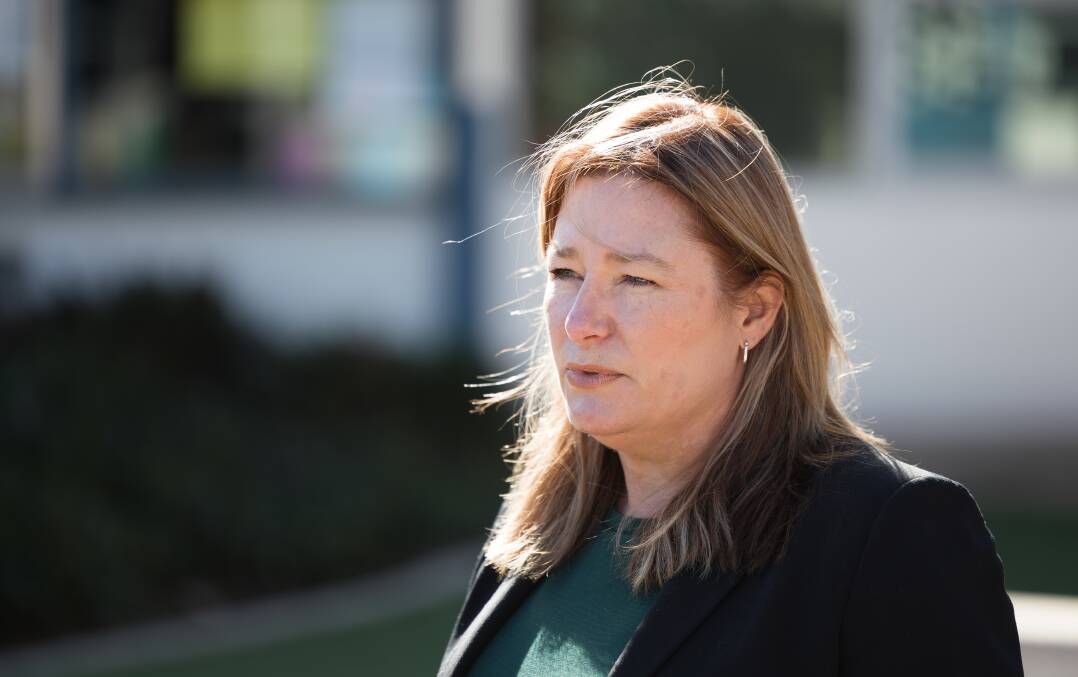
Canberra is short thousands of public houses, which the city's most vulnerable residents desperately need.
The national capital is Australia's most expensive city for renters, with the median rent for a Canberra house at $759 per week, while a typical Canberra unit costs $573 per week.
For many people, those costs are out of reach, and they rely on the availability of public housing to give them a stable home.
Here's what you need to know about the shortage of public housing affecting the ACT:
How bad is the situation?
As of July 4, there were 3060 applications on the wait list for public housing in Canberra. Those are just applications, many of them likely represent entire households, rather than single people. The wait list includes 206 applications for priority housing - people who might be experiencing homelessness, for example, or are families with kids.
The remainder of applications are for high needs housing (1906) and standard housing (984). High needs refers to people who cannot find housing suitable to their needs and finances, they might be experiencing discrimination, or need a place that addresses their disability or a chronic medical condition. Standard public housing applications are for those who are struggling to afford to live in private housing, which the government determines by looking at their average weekly earnings.
People who are on the priority list are still waiting over a year though (375 days). For those waiting for high needs housing, it could take nearly three years (1087 days), while the wait time for standard houses are over four years (1673 days).
What is the ACT government doing about it?
The territory government has a program which it says will add 400 more homes to the existing public housing stock by 2025. They will also "renew" 1000 homes, by selling 700 older dwellings, demolishing around 300, and replacing them with an equivalent number of more modern, energy efficient homes.
To achieve this total goal of 1400 new homes, the government will build around 700 new dwellings on demolished sites, and 420 new dwellings on vacant, purchased land. They will purchase about 140 more dwellings. That leaves 140 promised dwellings, but the government is still considering how it will fund and deliver these remaining places.
The ACT Minister for Housing Yvette Berry and Minister for Homelessness and Housing Services Rebecca Vassarotti wrote an op-ed for The Canberra Times in June, detailing the Growing and Renewing Public Housing program further.
Why is this controversial?
Renewing public housing means moving people who are living in older public houses to more modern ones. But not everyone wants to move. Some tenants have lived in their houses for decades, built vital relationships and communities around them, and their houses already cater to their needs.
There is an exemption process, which people who don't want to move can apply to. However, the government has also clashed with community organisations over this process. In June, 10 public housing tenants were told they had two days to prepare to appear in front of the Housing ACT panel regarding their exemptions. Housing ACT later said the sessions were not formal, one-off hearings, but documents provided to tenants did not make that clear.
How many people have been moved?
There are 720 tenancies which have been referred to the program. Of those, 360 tenants have been relocated or are relocating, while a further 108 have agreed and are awaiting suitable property. There are twelve people who have been granted exemptions, but it is likely more have applied or will do so.
So why is there a vacant public house on my street?
As of the beginning of July, the public housing occupancy rate was 96 per cent. There were 45 properties immediately available at that time, and an ACT government spokesperson said those vacancies were for myriad reasons. It could be that those properties are in the process of being matched up with tenants, undergoing inspections to meet occupancy standards, are newly-vacated properties awaiting repairs, or are part of the Growing and Renewing Public Housing program.
We've made it a whole lot easier for you to have your say. Our new comment platform requires only one log-in to access articles and to join the discussion on The Canberra Times website. Find out how to register so you can enjoy civil, friendly and engaging discussions. See our moderation policy here.







